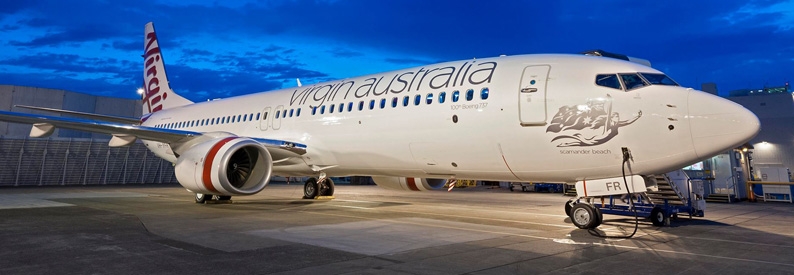Virgin Australia bondholders urged to join class action suit

Former Virgin Australia Holdings bondholders have been encouraged to join a class action lawsuit against the Virgin Australia parent’s senior executives at the Federal Court of Australia in Sydney over the losses they suffered when the company was sold to Bain Capital in 2020.
Unsecured creditors, including bondholders, voted in September 2020 to accept a return of just 9% to 13% on their claims – claims which totalled about AUD7 billion Australian dollars (USD5 billion). A minority of shareholders lodged a plea to halt the deal, but the federal court in Sydney denied this and the sale went ahead in November of that year.
Now, however, London-based Balance Legal Capital, which describes its business as “promoting access to justice by supporting litigants who do not have the means or the capability to fund worthy litigation,” has pledged to fund the lawsuit. It will be led by Corrs Chambers Westgarth, an Australian law firm that previously provided advice to bondholders when Virgin headed into voluntary administration in April 2020.
Balance Legal Capital said in a notice on its website that anyone who had acquired unsecured notes in a Virgin Australia bond issue whose prospectus was released in November 2019 is eligible to take part in the class action suit.
“The claims of the class action include that Virgin Australia Holdings Limited failed to properly and adequately disclose its true financial position (in particular, its cash reserves and available finance) in the prospectus, relating to an offer by it in the prospectus to issue unsecured notes to raise approximately AUD325 million” (USD236 million), the notice said.
Virgin Australia Holdings had described the 2019 capital raising as being designed to fund its AUD700 million (USD508 million) acquisition of the Velocity frequent flyer program. Investors were invited to purchase unsecured notes with a minimum outlay of AUD5,000 (USD3,600).
The prospectus showed that the company had suffered losses over the previous three financial years but outlined how it planned to return to profitability through cost-cutting and restructuring. Within six months, the carrier filed for administration to deal with its AUD7 billion debt pile.
